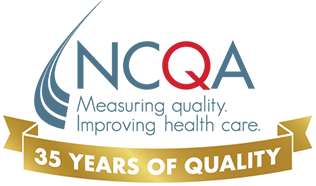No. Although there is no requirement for a behavioral healthcare provider to be physically in the practice’s office, the behavioral healthcare provider must have at least partial access to the practice’s systems. Although the arrangements mentioned meet the intent of PP 03 (maintaining agreements with behavioral healthcare providers), they do not meet the requirements for this criterion.
If a practice site in an organization has integrated behavioral healthcare, the other sites in the organization may receive credit if there is also a process for their patients to access those behavioral healthcare services.
AAP resource:
Strategies for System Change in Children’s Mental Health: A Chapter Action Kit developed by the American Academy of Pediatrics (AAP) Task Force on Mental Health assists AAP chapters in addressing and improving children’s mental health in primary care in their state. https://www.aap.org/en-us/advocacy-and-policy/aap-health-initiatives/Mental-Health/Pages/Chapter-Action-Kit.aspx
This applies to the following Programs and Years:
